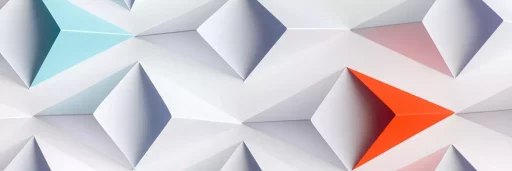Introduction
The term ‘retro’ evokes vivid feelings of nostalgia and celebration of past decades. But what does it truly mean? Retro culture has permeated various aspects of life, from fashion to design, influencing contemporary aesthetics and lifestyles. This article explores the retro definition, its history, significance, and how it manifests in today’s world.
Defining ‘Retro’
At its core, ‘retro’ refers to something that is characteristic of the past. It often applies to styles, fashions, or designs that have re-emerged from earlier eras, particularly the mid-20th century. The retro concept can encompass:
- Fashion: Styles from the 1960s, 70s, and 80s that are resurrected in modern wardrobes.
- Design: Interior decor that echoes mid-century modern aesthetics.
- Entertainment: Movies, music, and video games that draw inspiration from previous decades.
The Evolution of Retro Culture
The term ‘retro’ was first used in the 1970s, derived from the French word ‘rétrograde’, which means backward or past. It gained popularity as people began looking back at the post-war era’s vibrant design and cultural movements. This resurgence has often spurred a broader appreciation for vintage items, leading to the retro trend surfers that have enveloped various industries.
Examples of Retro in Various Domains
Retro influences can be observed across multiple domains, showcasing its distinct versatility and appeal. Here are some notable examples:
- Fashion: Iconic pieces such as bell-bottom jeans and tie-dye shirts have made comebacks, with modern designers reinterpreting classic styles for new audiences.
- Furniture Design: Mid-century modern furniture, characterized by clean lines and organic curves, remains sought after, with replicas and original pieces often fetching high prices.
- Graphic Design: Retro typography, bright color palettes, and vintage patterns are prevalent in contemporary branding, creating a warm, nostalgic feel.
- Music: The resurgence of vinyl records highlights the retro trend in music consumption, with sales reaching a 30-year high in 2020.
Case Study: The Revival of 80s Pop Culture
The 1980s represent a pivotal period in retro culture, especially with the influence of pop culture characters and trends that permeate today’s media. The hit Netflix series Stranger Things encapsulates this nostalgia-driven phenomenon. The show is not only a tribute to the 80s but introduces a new audience to the decade’s music, fashion, and even home decor:
- Fashion: The characters often sport scrunchies, high-waisted jeans, and colorful windbreakers.
- Technology: The use of old-school walkie-talkies and VHS tapes captures a bygone era of less dependent technology.
- Soundtrack: The soundtrack is peppered with iconic 80s hits, adding authenticity and inviting nostalgia.
The success of Stranger Things has led to increased interest in 80s-themed merchandise, vintage clothing stores, and music events focusing on classic rock and pop. A Marketing Week report indicated that brands employing retro aesthetics in their campaigns saw an increase in engagement by over 41% as compared to contemporary styles.
The Importance of Retro in the Modern Era
In our fast-paced world, retro serves as a reminder of simpler times, providing an emotional connection to the past. This longing for nostalgia plays a significant role in consumer behavior and trends. According to a 2021 study by the Journal of Consumer Research, nostalgia-driven marketing campaigns yield a 20% increase in consumer engagement compared to standard marketing strategies.
Furthermore, many people find comfort and joy in revisiting the aesthetics of their youth, which can foster a sense of community among generations. This shared interest in retro aesthetics not only fuels business but also stimulates cultural conversations about identity and history.
Conclusion
Retro is not merely a fleeting trend; it is an enduring aspect of our culture that continues to evolve while holding onto its historical roots. It serves as a conduit, connecting generations and rekindling fond memories. Whether it’s through fashion, design, or media, retro offers something uniquely relatable and captivating, ensuring it remains a vibrant part of our collective identity.





